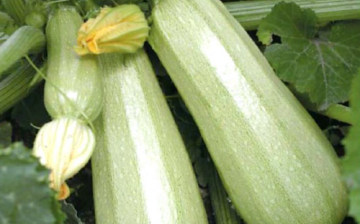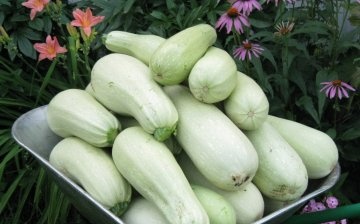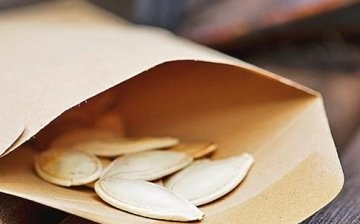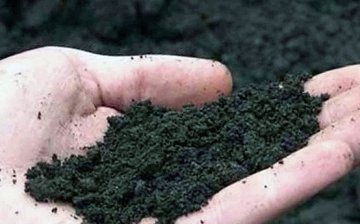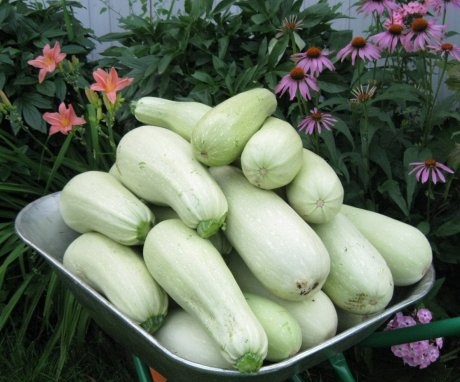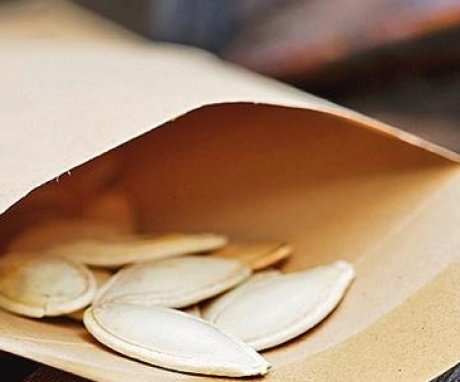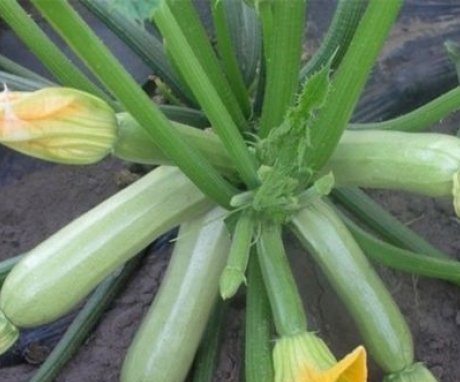Growing zucchini cavili f1: high yield and easy care
Zucchini is an annual plant, one of the species pumpkin... Zucchini contain a large amount of trace elements and B vitamins. They are often recommended for inclusion in the diet of sick people and children because of, as they are easily digested and do not cause allergic reactions. Zucchini is recommended to be eaten for diseases of the liver, kidneys, heart and many others. Zucchini seeds contain a lot of vitamin E, up to 50% fat, protein. They can be dried and roasted in the same way as pumpkin seeds. sunflower seeds.
Content:
Zucchini cavili f1: features of the variety
Zucchini kavili f1 is a high-yielding early ripening hybrid, ripening period of 40-45 days. The internodes of this variety are meek, so it grows as a bush. The fruit is cylindrical, smooth, 16 to 22 centimeters long, green, white flesh.
The mass of a mature kavili zucchini is about 320 grams.
protects palatability even when outgrowing. Zucchini cavili f1 is suitable for both cooking and canning. Male and female flowers grow on the same plant. In bad weather conditions (hot or rainy summers), the f1 cavili can form fruits without pollination (parthenocarp).
Bears fruit for about two months. Disease resistant powdery mildew... Zucchini kavili f1 is absolutely unpretentious to care for: all it needs is a lot of light and warmth.
Reproduction
Zucchini can be propagated in two ways:
- Seedlings
- Landing seed into the ground
Before replanting, it is not necessary to process the seeds of the cavili f1 zucchini, but to speed up the sprouting process, the seeds you can soak it for five hours in warm water, then keep it in a damp cloth for a day. The seeds should swell but not germinate.
The optimal period for sowing seeds for seedlings is late April - early May, for planting seedlings - early June.
For getting seedlings plant two or three seeds in a container with a diameter of at least 10 centimeters, so as not to damage the root system during transplanting (picking zucchini is not needed). After the sprouts appear, remove the weak ones, leaving the strongest one. After a week, spend the first top dressing (complex fertilizer), a second week later. After 25-30 days, the seedlings can be planted in the ground. Cover the shoots for the first week after planting.
The most suitable temperature for seed germination is 15-18 degrees. Germination slows down when the temperature drops. Seven days before planting on the garden bed, the seedlings are hardened at a temperature of 15-17 degrees during the day and 14-15 degrees at night. Reduce the temperature gradually. When disembarking seed immediately place 2-4 in the ground in each hole. After germination of seedlings, leave one of the strongest sprout in the hole. Be sure to cover the beds.
Plant the zucchini in a new location every year to avoid disease.
Although the cultivar cavili f1 is resistant to disease, it is not recommended to plant it after squash, cucumbers and pumpkinsince they are subject to the same diseasesas zucchini. Zucchini are placed according to the scheme 70 x 140 cm. Seedlings are planted to a depth of the first cotyledon leaves, seeds - by 4-5 centimeters.
Preparing the soil for planting
Zucchini thrive on light sandy and loamy soils and prefer a neutral environment. On heavy loams, in waterlogged, acidic soil, cavili f1 will not grow. In the fall, dig up the soil in the beds intended for cultivation cavili f1 to a depth of about 35 centimeters, no need to break lumps. In the spring, dig the beds again to a depth of about 25 to 27 centimeters.
To check the readiness of the soil for planting, gently squeeze a small lump of soil in your hand and drop it - if the lump crumbles, you can plant seedlings or seeds.
Waterlogged soil when falling will fall in one lump and flatten, you should not rush to planting. If the site is low, dig it to a depth of about 15 centimeters and form beds 20-30 and 100 centimeters wide with a slope to the south for better soil warming.
Zucchini grow very well in beds with insulation. Make furrows 30 cm deep, put compost there, cover with 20 centimeters of soil on top. With this method of soil preparation, the yield increases significantly.
It is recommended to add to the soil in spring fertilizers according to the type of soil (per square meter):
- Peat - two kilograms of compost, a bucket of turf, 18 grams of superphosphate, 20 grams of potassium sulfate, 8 grams of ash. Dig up the bed, treat it with copper sulfate (for 10 liters of warm water, take 5 grams of copper sulfate and 200 ml of chicken manure infusion) in a proportion of 3 liters per 1 square meter. After that, cover the bed with foil. Processing should be carried out three days before planting.
- Clay - sand, sawdust, peat, humus - 3 kilograms each, 20 grams of superphosphate, 18 grams of nitrophosphate, 8 grams of wood ash.
- Light loamy - apply the same composition as for clay soil, excluding sand.
- Sandy - turf and peat - two buckets each, sawdust and humus - three kilograms each. Compound mineral fertilizers similar composition for clay soils.
- Black earth - three buckets of turf, half a bucket of sawdust, 40 grams of superphosphate, 16 grams of ash.
Care Tips
With a lack of light, zucchini sharply decreases yield, so they need to be planted in well-lit areas. The plant can also suffer from self-darkening, so it is recommended to remove the largest and oldest leaves.
With a lack of light and too close planting, the taste of the fruit is reduced.
Zucchini love warmth and thrive at temperatures of 20 degrees and above. If, with even a slight cold snap, the seedlings are not covered, the growth rate of plants slows down sharply and does not recover for a long time even after warming. Do not pour cold water on cavili f1 - only warm water with a temperature of 20 degrees.
Zucchini react most strongly to lack of heat during flowering and fruiting. Therefore, cover the plants when the temperature drops, especially at night. Be sure to water the plants regularly in hot weather (avoiding waterlogging): although zucchini are drought-resistant, due to lack of moisture, the leaves droop. After watering, they recover, but the yield drops by a third.
You need to water the zucchini at the rate of 8-10 liters of water per 1 square meter and not at the root, but gently around the stem.
During the growing period, carry out two or three fertilizing with organic fertilizers at the rate of 1 liter per plant:
- The first one is carried out before flowering - dilute 20 grams of nitrophoska and 1 liter of liquid manure in 10 liters of water.
- The second - during flowering - for 10 liters of water - 40 grams of wood and 20 grams of complex mineral fertilizer.
- The third - during the ripening of fruits - for 10 liters of water - 30 grams of nitrophoska.
Harvesting is carried out as the fruits ripen. Despite the fact that the cavili f1 zucchini does not coarse when overgrown, overripe fruits slow down the growth and development of the plant.
More information can be found in the video.



